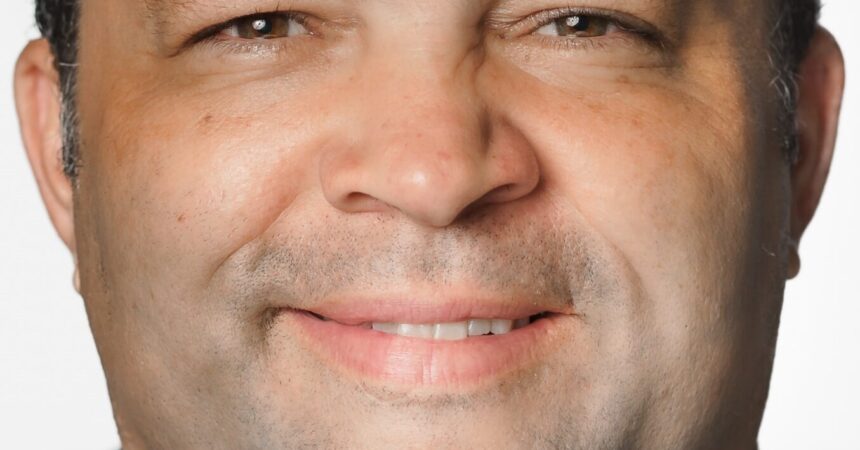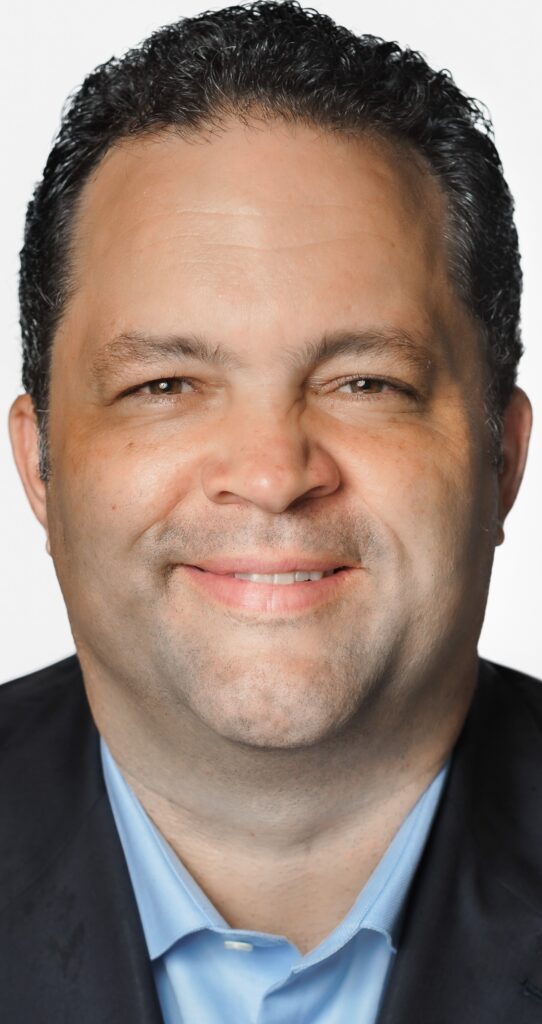
Steel mills can steal from the least powerful

U.S. Steel gave birth to Gary, Indiana in 1906. The city, named after a chairman of the corporation’s board, started as housing for steelworkers. The Gary Works opened in 1908 and for most of the 20th century was the largest steel mill in the world; it’s still the largest in this country.
Kimmie Gordon understands the civic pride that grew from that history and knows about the 30,000 jobs that Gary Works offered at one time. There’s more to the story, she said. And those chapters need to be appreciated.
“You’re looking at 115 years of degradation of our natural resources, starting with our air,” Gordon said, noting that emergency room visits for respiratory issues are 30 percent higher in Gary than in neighboring counties. “We not only smell it and are harmed by it now, it’s our entire lives.”
A report last month from the Sierra Club named the Gary Works as the largest greenhouse gas polluter among more than 200 industrial plants nationwide.
The consequences don’t end at the steel mill’s gate, she explained. “People look at Gary, Indiana, and see we’ve been run over and dumped on for decades. They say let’s put our trucking company there or our plant to turn trash into jet fuel.” She and other residents formed Gary Advocates for Responsible Development (GARD) to oppose projects like a trucking hub in the west side neighborhood where Gordon grew up or a gasification plant to turn Chicago’s plastic trash into fuel.
Gordon’s story about Gary is familiar in so many places that get deemed disposable because they lack political and economic power. In places like Gary, where the poverty is more than double the national level, people are forced to make an impossible choice between their health and jobs that pay for groceries.
The historic investments in clean energy, jobs, and infrastructure that President Biden and Congress pledged in 2021 and 2022 offer an unprecedented opportunity to change the narrative in places like Gary. More than $6 billion will go to reduce carbon pollution from steel mills and other industrial plants. Communities that have had to bear a disproportionate brunt from corporate polluters qualify for nearly $3 billion in recovery block grants. There’s funding to cut diesel trucking emissions and to provide more monitoring in neighborhoods on the fence lines of plants.
The challenge now is to make sure Gordon and community advocates like her have a say in applying for and deploying those investments. The Environmental Protection Agency can help by implementing much more stringent air pollution standards for steel mills.
Gordon works to get more people of color into the outdoors through a group she founded called Brown Faces Green Spaces. Gary has natural places like the Ivanhoe Dune and Swale, the Brunswick Oak Savannah Trail, and the western tip of Indiana Dunes National Lakeshore that other communities lack, she said.
Industrial sites are nearby, Gordon explained.
“When we do get a day when there’s no ozone alert, we try to get people outdoors for recreation, reflection, prayer, or meditation,” he said. “Going and enjoying those places, you can’t get away from how close it all is to being degraded.”
Ben Jealous is executive director of the Sierra Club, professor of practice at the University of Pennsylvania and author of “Never Forget Our People Were Always Free”.







